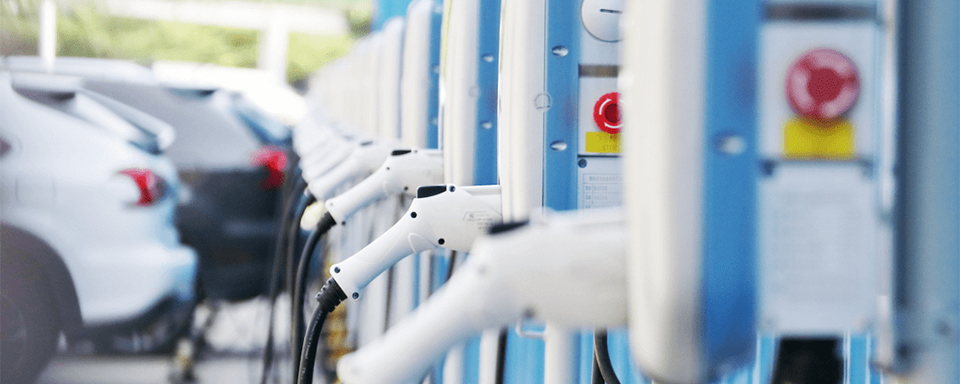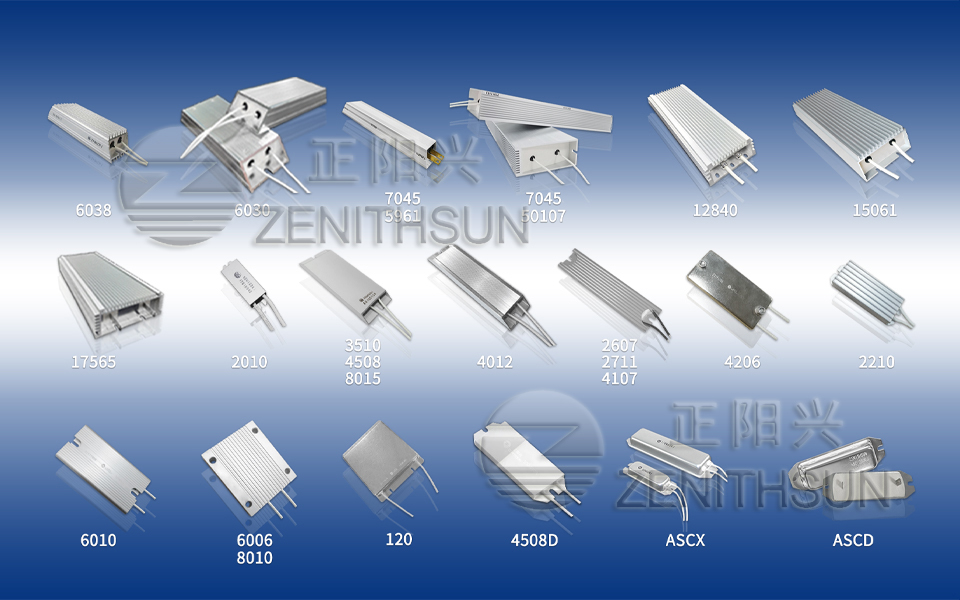After nearly 10 years of development, new energy electric vehicles have formed some technical deposits. The design of electric vehicle parts and components has a lot of knowledge, among which the design of precharge resistor in the pre-charging circuit needs to consider a lot of conditions and working conditions. The selection of precharge resistor determines the speed of the vehicle pre-charging time, the size of the space occupied by the precharge resistor, the vehicle’s high voltage safety, reliability and stability.
Precharge resistor is a resistor that slowly charges the capacitor at the early stage of the vehicle’s high-voltage power-up, if there is no pre-charge resistor, the charging current will be too large to break the capacitor. High-voltage power added directly to the capacitor, equivalent to an instantaneous short-circuit, excessive short-circuit current will damage high-voltage electrical components. Therefore, when designing the circuit, the precharge resistor should be taken into account to ensure the safety of the circuit.
There are two places in the high-voltage circuit of an electric vehicle where precharge resistor is used, namely the motor controller precharge circuit and the high-voltage accessory pre-charging circuit. The motor controller (inverter circuit) has a large capacitor, which needs to be pre-charged to control the capacitor charging current. High-voltage accessories generally also have DCDC (DC converter), OBC (on-board charger), PDU (high-voltage distribution box), fuel pump, water pump, AC (air-conditioning compressor) and other parts, there will be a large capacitance inside the parts, so they need to be pre-charged.








